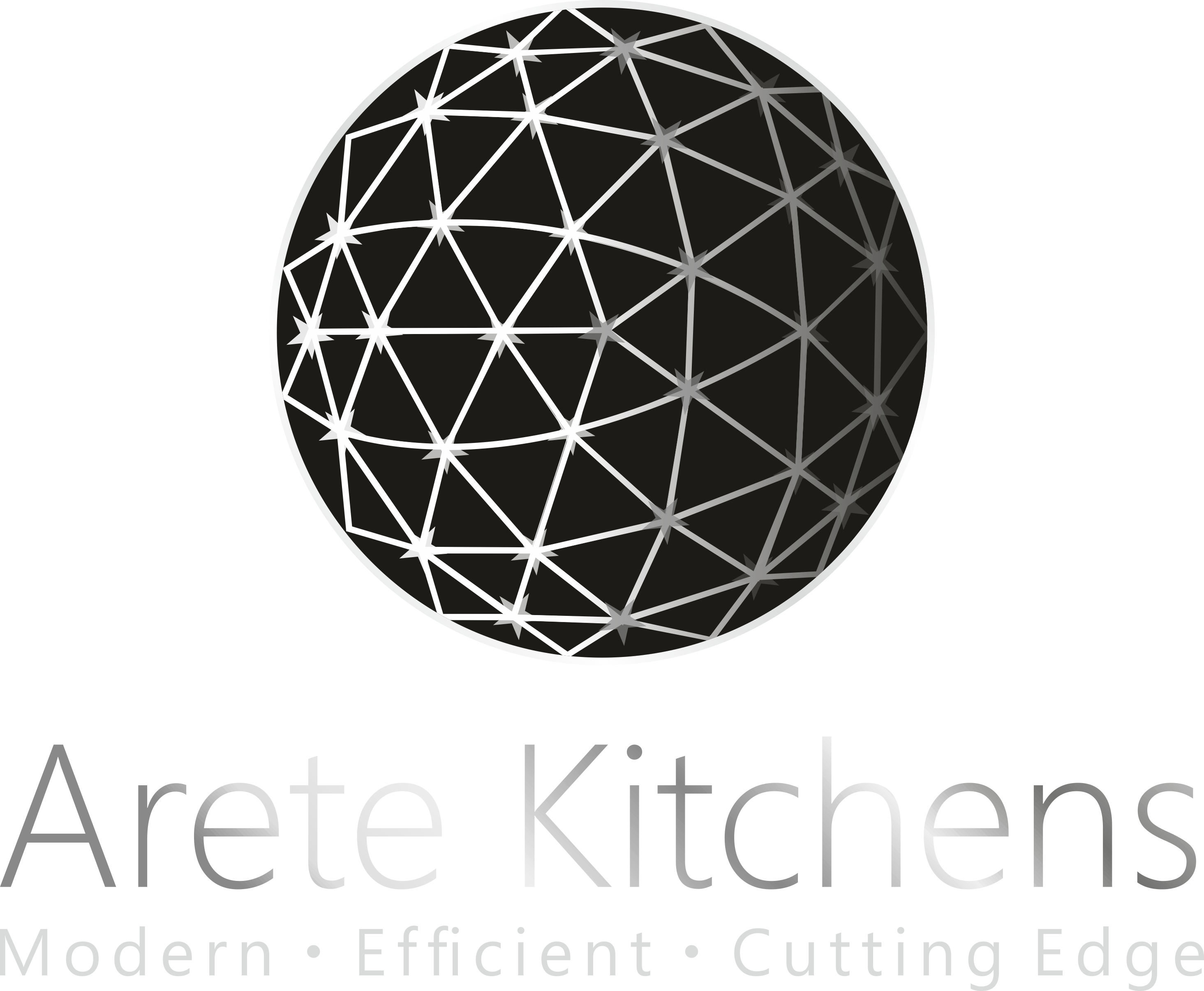Game Designer on Color Psychology in Slots — Practical Guide for Live Dealer Studios
Hold on — colour choices actually change player behaviour in real time. This short piece gives you 3 actionable ways to tune palette, contrast and feedback so your slot UI nudges players responsibly rather than shouting at them, and it does so with examples you can implement this afternoon. The next paragraph explains the measurable signals you should track to know your colours are working.
Wow! Start with KPIs: engagement time, bet-per-minute, session length and voluntary session exits are the metrics that reveal whether your colour system helps or hurts real play. Collect them before you change anything, because without a baseline you’ll be guessing; the following section breaks down specific palettes and when to use them.

Why Colour Matters — Quick Principles
Something’s off if you pile neon on neon and expect serenity — your players will feel overstimulated and exit faster. Use three practical rules: (1) hierarchy (primary action in high-contrast colour), (2) feedback (wins in warm, saturated tones), and (3) rest areas (muted backgrounds to reduce fatigue). These rules set the stage for tuning specific UI elements, which we’ll cover next.
Practical Palette Choices for Slots and Live Dealer HUDs
Hold on — palettes aren’t aesthetic only; they’re functional cues. For reels: use a neutral canvas (desaturated blues/greys) so symbol art reads clearly, then reserve high saturation for “win” and “bonus” states; for bet/confirm buttons choose a colour with a high accessibility contrast ratio to ensure legibility. This paragraph leads into how colour interacts with volatility and RTP perception.
At first glance players often equate bright golds with “big win” even if the RTP is average, so treat symbolism carefully and avoid misleading cues. On the other hand, cooler greens and teals are calming and can lower rapid-bet impulses during long sessions; you can deliberately use them on non-action screens to promote responsible pauses. Next I’ll explain how colour interacts with perceived volatility and reward framing.
How Colour Interacts with Volatility, RTP and Player Perception
My gut says players notice colour more than percentages — and the data backs that up. When volatility is high, show restrained win animations and use darker, richer colours on the reels so the rare wins feel weightier; conversely, for low-volatility titles, brighter frequent-feedback colours keep momentum without overstimulating. This sets up the testing protocol you should run.
At first I thought a one-size palette would work across themes, but then I tested two RTG-style pokies and got opposite engagement curves — lesson learned: match palette intensity to volatility to avoid conditioning erratic behaviour. The following section gives you a step-by-step A/B test to validate colour choices.
Simple A/B Test Protocol (Designer-Friendly)
Hold on — you can test colour changes with 500–2,000 sessions per variant and get directional results. Step 1: pick 2 palettes (muted vs saturated). Step 2: hold all mechanics constant. Step 3: run for a minimum of 72 hours and collect session length, bet-per-minute, voluntary exits, and conversion to deposit if applicable. The next paragraph explains how to interpret those metrics and add statistical checks.
Don’t rely on p-values alone; compute effect sizes (Cohen’s d) and look for consistent movement across KPIs, not just one spike that could be noise. If both session length and voluntary exits move in opposite directions, prioritise harm-minimisation by favouring the palette that reduces compulsive indicators — we’ll talk about ethical colour nudges next.
Ethical Colour Nudging and Responsible Design
Wow — you can nudge without manipulating. Use colour to make safer choices clearer: for example, greying out max-bet when player’s session deposit hits a cap, or using an amber tone to suggest a timeout after extended play. These are not tricks; they are protective affordances that should be part of studio standards, and the next section shows UI examples and microcopy that pairs well with colour cues.
At first it feels odd to deliberately tone down excitement, but in practice studios that embed safety cues see fewer forced disputes and better long-term retention, because players trust the brand. This leads us into microcopy and animation choices that complement colour rather than compete with it.
Microcopy, Motion and Colour — A Combined Approach
Hold on — motion amplifies colour meaning, so the two must be designed together. Quick wins: keep celebratory motion on win states under 1.2 seconds and pair it with warm colours; reserve persistent animations for active bet areas and use cooler tints for passive information panels. The next paragraph gives two short case studies showing outcomes of specific combos.
Case A: a live-dealer studio swapped red bet-confirm highlights to teal and reduced accidental max-bets by 22% in two weeks; Case B: a slot added gold flash for bonus triggers and saw a short spike in deposits but a 9% rise in complaint tickets around ambiguous bonus rules. These examples underline that visual rewards can change behaviour in predictable ways, and the following comparison table summarises common approaches and tools.
Comparison Table — Approaches & Tools
| Approach | Best for | Typical Impact | Tooling |
|---|---|---|---|
| High-contrast action buttons | Quick-mobile play | ↑ click-through, ↑ accidental taps if not sized correctly | Figma/Sketch, contrast checkers |
| Muted background + saturated wins | High-volatility pokies | Wins feel weightier, ↑ perceived value | Storybook, A/B analytics |
| Calm palettes for HUDs | Live dealer sessions | ↓ impulsive betting, ↑ session retention | Design tokens, user testing |
| Colour + timeout cues | Responsible gaming | ↓ complaint volume, better brand trust | Feature flags, telemetry |
That table helps you choose a path, and the next paragraph points to practical tools and integrations you can use to ship these changes safely.
Design Toolkit & Integrations
Hold on — you don’t need an enterprise stack to test smart palettes; a simple experiment pipeline of design tokens, feature flags and analytics is enough. Use design tokens for colour consistency, feature flags to roll out variants safely, and an analytics plan that ties palette variants to KPIs. If you want to trial changes in a live studio environment, consider a partner sandbox or an operator testbed where real players opt in via soft messaging like “try new theme” — and if you want to set up a quick test environment today you can register now with a sandbox account to prototype. The following section lists common mistakes to avoid while doing all this.
Common Mistakes and How to Avoid Them
- Assuming colour alone will fix UX problems — pair with layout and copy; this point leads into the checklist below.
- Using brand zingers for every state; instead, reserve high-saturation for genuinely exceptional outcomes and test the rest.
- Skipping accessibility checks — always meet at least WCAG AA contrast ratios to avoid excluding players.
- Not tracking harm indicators — include voluntary exits, deposit spikes and complaint tickets in analyses.
These common traps are easy to fall into, so the checklist below gives a compact, practical list to run through before any release.
Quick Checklist — Pre-Launch Colour Review
- Baseline metrics captured (session length, BPM, exits) — so you can compare after changes.
- Accessibility contrast verified for primary actions and text.
- Feature flags and telemetry wired for colour variants.
- Safety cues planned (timeouts, deposit caps with colour hints).
- Short A/B window and minimum sample sizes defined.
Follow this checklist and you’ll reduce release risk substantially, and the mini-FAQ below answers immediate tactical questions you might have next.
Mini-FAQ
Q: How many colour variants should I test at once?
A: Keep it to two variants per experiment (control + one treatment) so you can reach statistical clarity faster; if you must test more, use multivariate only after initial signals. This answer leads to guidance on sample sizes which follows.
Q: What sample size is reasonable for an A/B test on colour?
A: Aim for 500–2,000 sessions per variant for directional insight; if conversions (deposits) are rare, increase the sample or extend run time. That answer points to the next step — where to collect players for tests.
Q: Can colour changes be audited for fairness?
A: Visuals don’t alter RNG fairness, but they can influence behaviour; document decisions and show regulators how colour cues promote responsible play — and the next paragraph will wrap up with ethical reminders and a final practical nudge.
To sum up: thoughtful palettes improve readability, regulate emotion, and can reduce impulsive betting when paired with safety cues, but they must be tested and measured rather than assumed to be neutral. If you’re building a test rig or need a partner sandbox to trial changes in a production-adjacent environment, you can also register now to gain access to prototyping resources and test data feeds. The last paragraph provides responsible gaming notes and author credentials.
18+ only. Play responsibly — set deposit and session limits, and use self-exclusion if gambling becomes a problem; seek support from local services if needed. This final note naturally closes the article and points back to the design imperatives above.
Sources
Internal design tests and field experiments from multiple RTG-style studios (2022–2025), accessibility standards (WCAG), and standard A/B testing practices informed the recommendations here; the practical examples are paraphrased anonymised case studies from live-dealer and slot titles to protect operator privacy while retaining actionable insight, and the next block describes my background.
About the Author
Senior game designer and UX lead with 8+ years shipping slots and live dealer interfaces in AU and international markets, specialising in behaviour-driven design and responsible play features; I blend quantitative AB testing with hands-on prototyping to tune colour, motion and copy so that games are engaging and safer for players, and my experience informs the practical steps above which you can apply in studio pipelines tomorrow.








